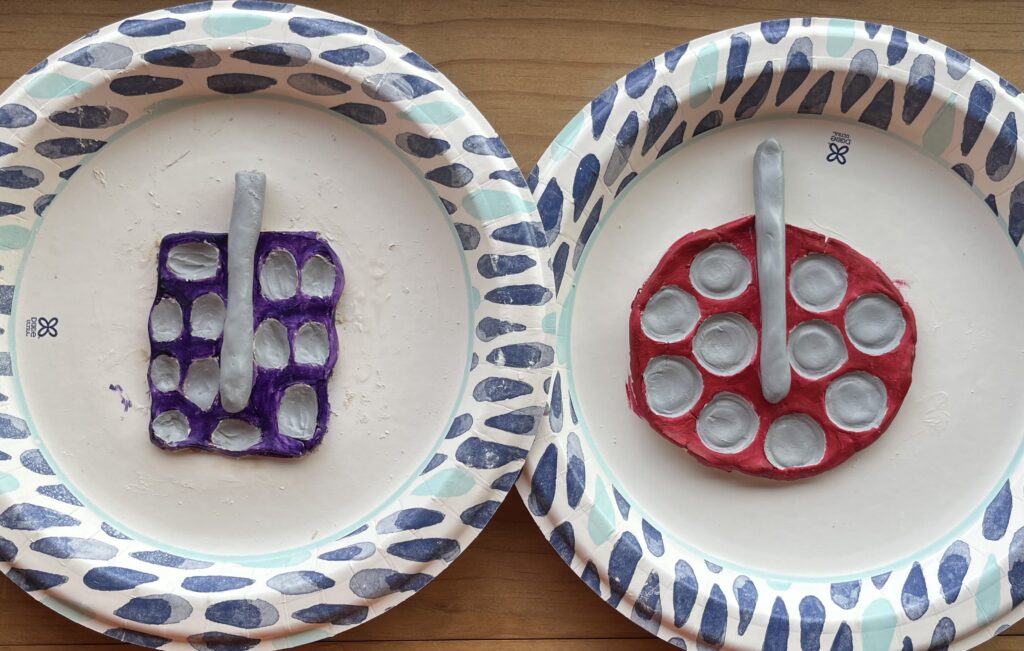
I did my project on explaining lymphedema and its management options. The objective that I am covering is how the lymphatic system can indicate disease. Lymphedema is a disease that occurs when fluid builds up inside the tissues because of a lymph malfunction. The lymph gets stuck inside the interstitial space and causes the tissue to swell. Lymphedema is classified as one of two types: primary or secondary lymphedema. Lymphedema can be treated through proper management and consistency.
How lymph nodes fail to drain must be understood first to understand lymphedema. Multiple different things can cause this problem. One possible way lymph nodes fail to seepage is when there is a decrease in lymph conducting pathways, leaving few ways for lymph to flow freely. Another way is that lymph vessels will drastically grow in dimensions due to cancer. Lymph flow can also be obstructed through worms and other parasites, damaging the lymphatic vessels. Lymphedema could also be “programmed from birth, and an atrophy or early aging process develops to cause lymph drainage failure” (Mortimer, 2000). Lymphedema can be acquired through different circumstances, but all lead to obstructing lymph flow.
Primary lymphedema usually comes on spontaneously and is uncommon; it “affects 1.2 per 100,000 patients younger than 20 years” (Maclellan & Greene, 2014). This type of lymphedema could occur from a mutation or could have a family history of the disease. Secondary lymphedema could be brought on by some infection or even cancer, which is usually the case for most patients with lymphedema globally (Maclellan & Greene, 2014). Both types are chronic, but there are ways of managing the disease.
One method is through manual lymphatic drainage (MLD), which “through gentle, rhythmic skin distension, congested lymph is directed through residual functioning lymphatics into intact nodal basins” (Cheville et al., 2003). Massaging the skin promotes proper lymph flow and removes build-up. Compression garments or therapy is another way to decrease swelling and restore lymph flow. Exercise is recommended for patients with lymphedema because it encourages the natural contractility of lymphatic transport vessels, which help transport fluid. Skin care is also essential to protect the skin from unwanted bacteria and moisturizing because the skin is stretched, causing chapped skin. Though rare, surgery can sometimes be used to relieve lymphedema. Surgery aims to make a “recreation or imitation of lymphatic channels bridging the lymphedematous area to normal lymphatic area to normal lymphatic areas” to reinstate normal lymph flow (Cheville et al., 2003).
For the art aspect of my STEAM project, I decided to depict lymphedema through clay and paint. The clay figure on the left shows what normal tissues look like. The clay figure on the right displays what lymphedema does to the cells. The center line represents a capillary. The area is illustrated with either purple or red, depending on which clay figure portrays the cells. Finally, the tissues affected by lymphedema have circular spaces representing the swelling interstitial space. While in the depiction of the non-lymphedema tissues, the space is not swelling.
References
Cheville, A. L., McGarvey, C. L., Petrek, J. A., Russo, S., Taylor, M., & Thiadens, S. (2003). Lymphedema management. Seminars in Radiation Oncology, 13(3), 290–301. https://doi.org/10.1016/s1053-4296(03)00035-3
Maclellan, R. A., & Greene, A. K. (2014). Lymphedema. Seminars in Pediatric Surgery, 23(4), 191–197. https://doi.org/10.1053/j.sempedsurg.2014.07.004
Mortimer, P. (2000). The Pathophysiology of lymphedema. American Cancer Society Journals, 83(S12B), 2798–2802. https://acsjournals.onlinelibrary.wiley.com/doi/10.1002/(SICI)1097-0142(19981215)83:12B+%3C2798::AID-CNCR28%3E3.0.CO;2-E

After reading your Steam Paper. It connected how the lymph system is connected to disease by relating to cancer and mutations in both primary and secondary lymphedema. Your visual art really put in to perspective of the normal lymph system with space in between to allow the lymph fluid to freely move through. Then once you add in lymphedema as a diagnosis, it shows there is less surface area, and free pathways and clearly shows how difficult it would be for the lymph fluid to move out of the cell. By using therapies such as massage and compression it allows gentle movement of the lymph fluid in hopes of them being allowed to move out of the cell and reduce the swelling.
I have worked with a variety of patients with lymphedema, some primary forms from genetics and health comorbidities and others secondary through congestive heart failure from poor lifestyle choices. I’ve seen the lymph therapy be both successful and unsuccessful dependent upon the patient’s willingness to participate and put in the effort to help in every way possible. Great job on your assignment I really enjoyed the reading and you gave some great information on how lymphedema can be triggered by infection, parasites and mutations and how to assist with the treatment options.